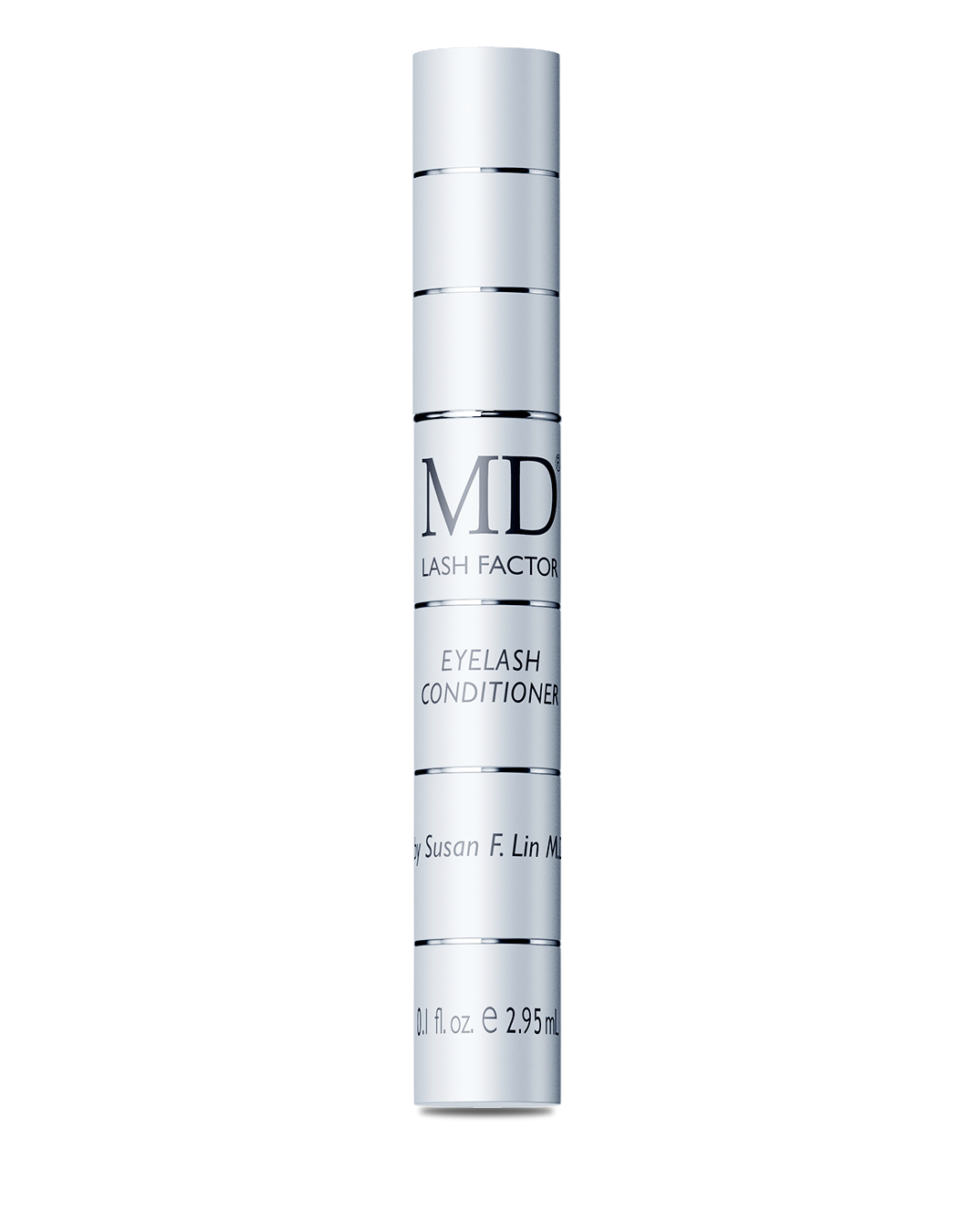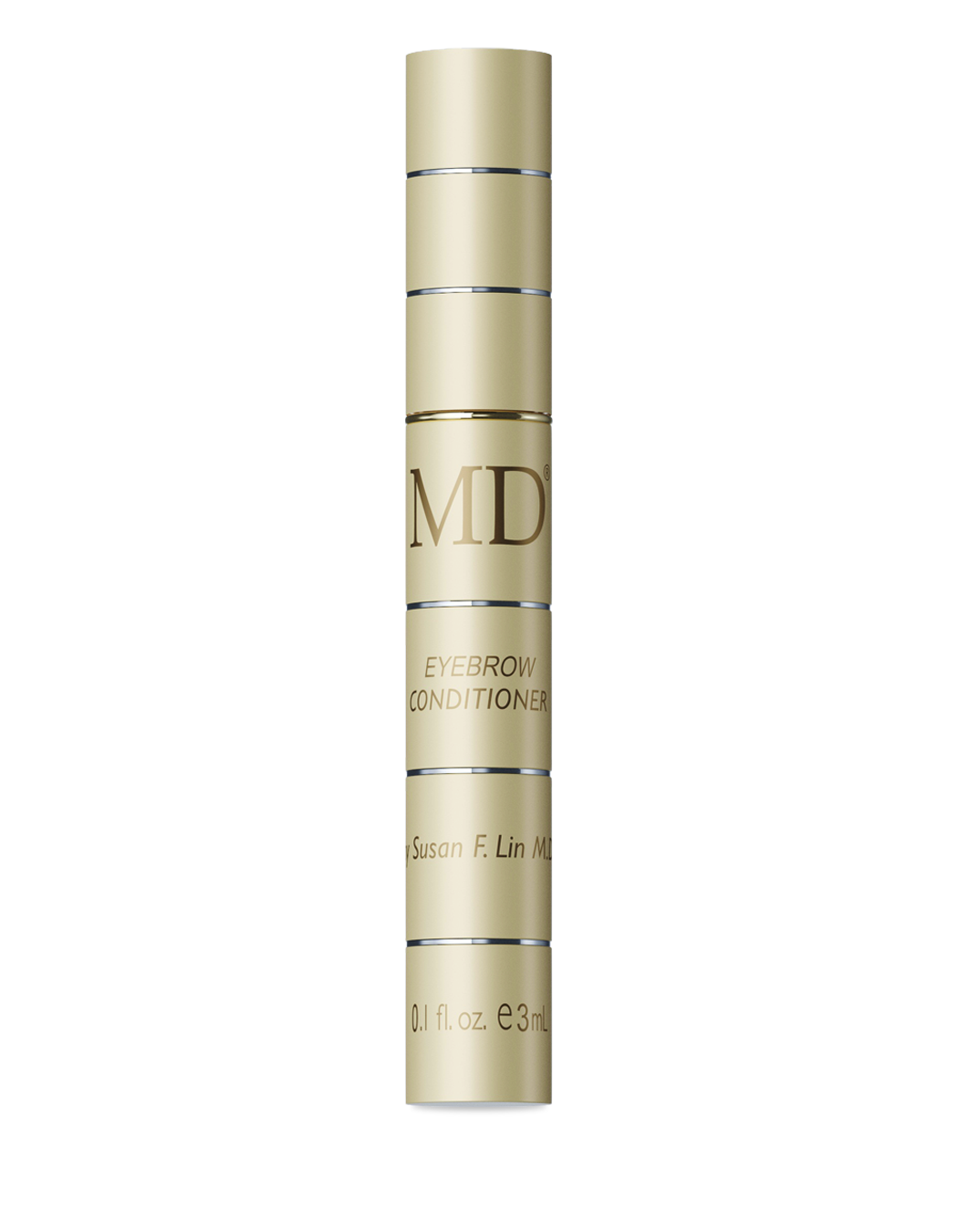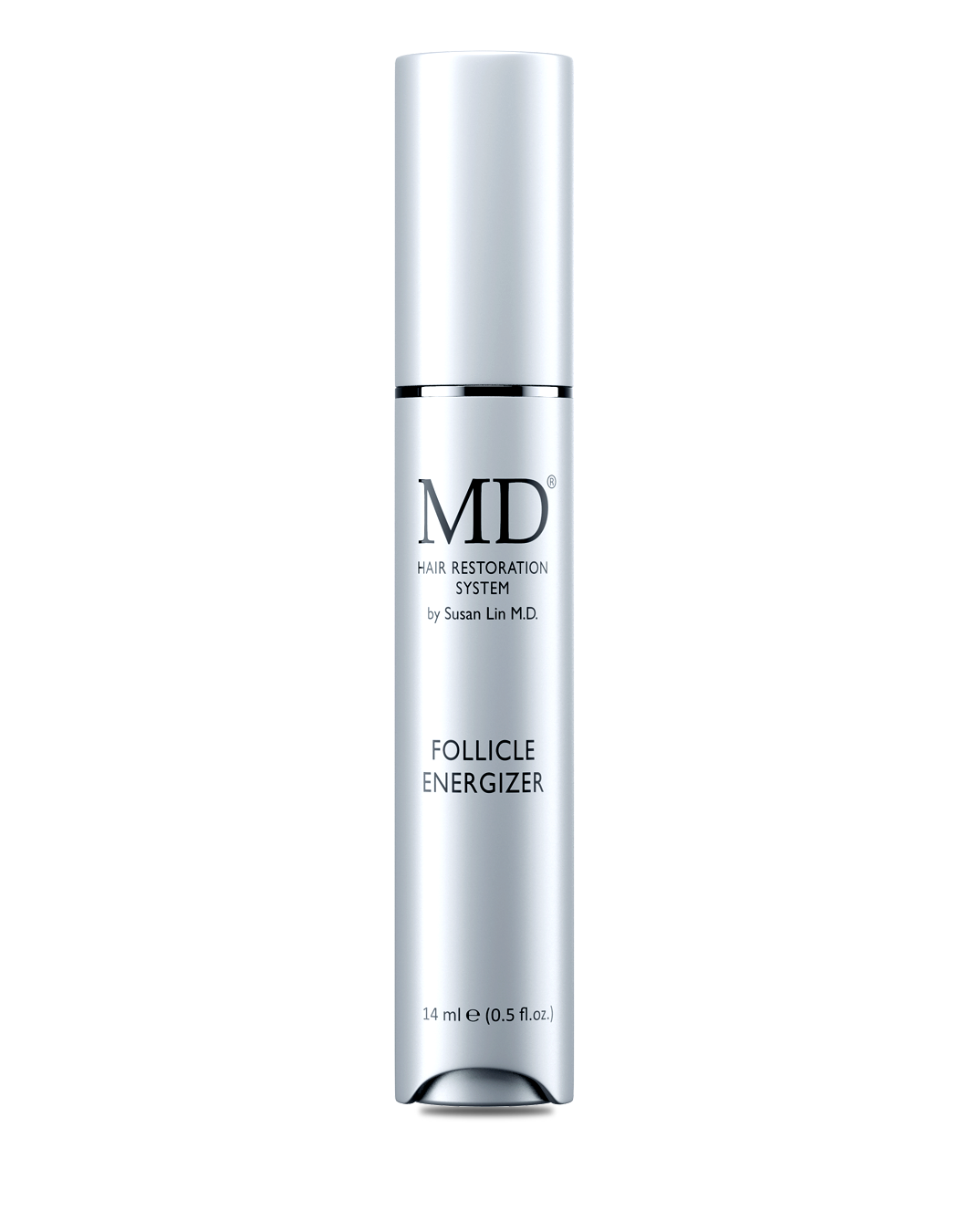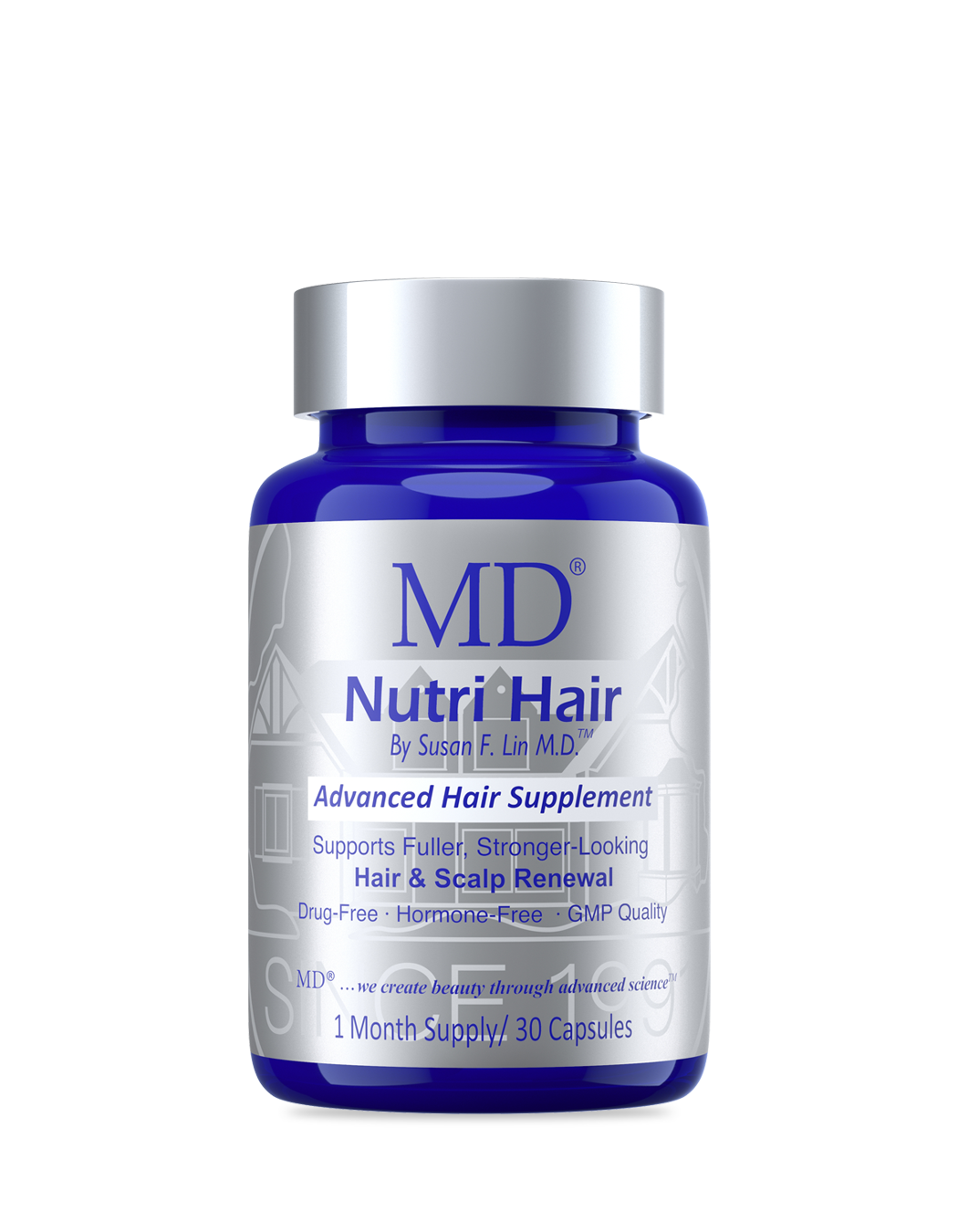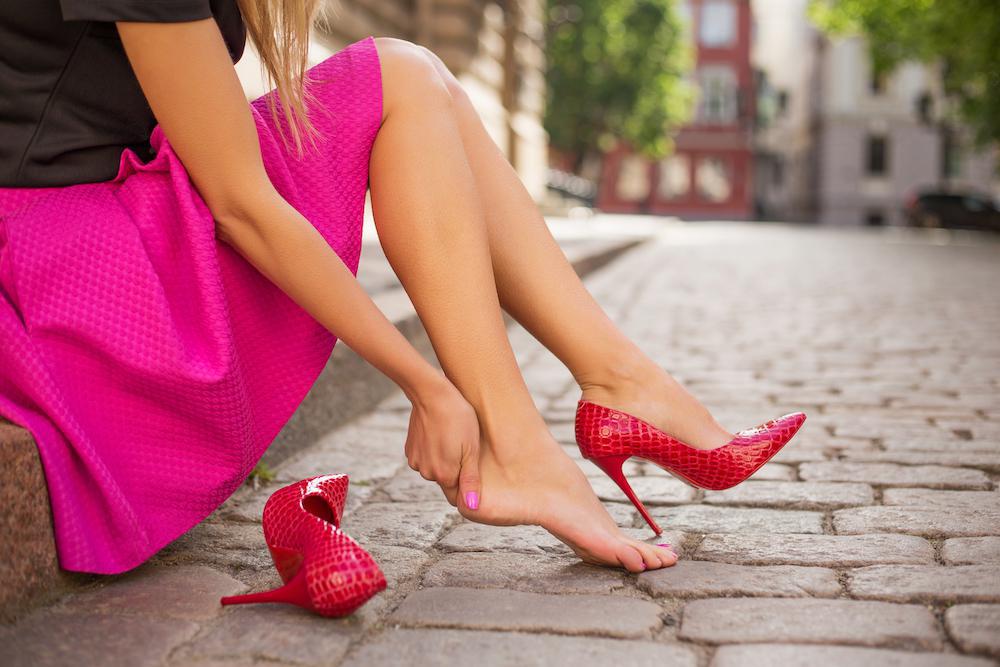Guide to Healthy Cycling Posture
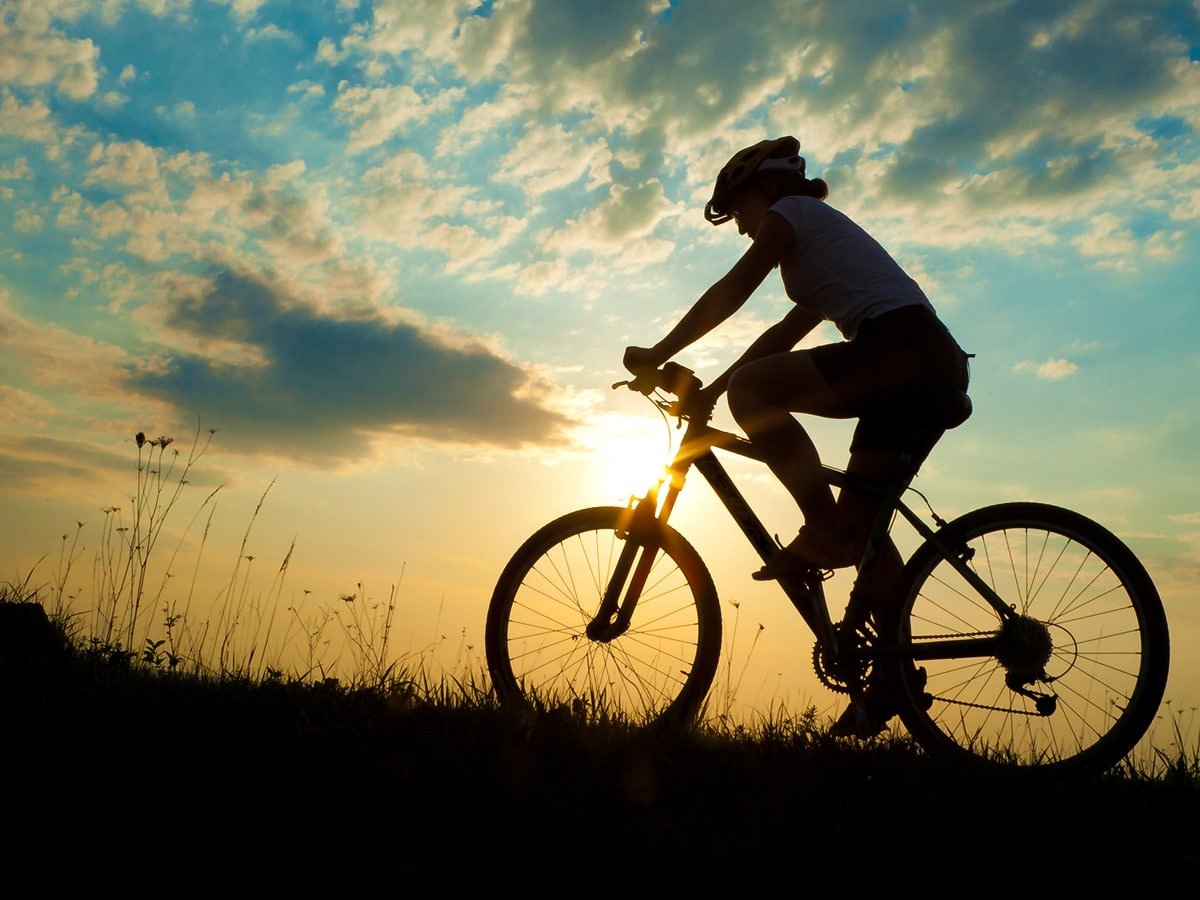
Leading up to Bike to Work Day (May 20th ), national, regional, and local bicycle advocacy groups encourage people to try bicycle commuting as a healthy and safe alternative to driving. The AMA has endorsed Bike to Work Day to encourage active transportation
Whether you use your bike to train for a race, for a family ride, as a form of cardio exercise or as a mode of transportation to work; having the proper posture while cycling is important in preventing injury. The two causes of improper posture: Either the bike is not right for you, or you are not using the right bike correctly.
Bikes come in different frame sizes. Your body frame determines which bike frame is right for you. If you can’t reach the handlebars without fully extending your arms, you may need a smaller bike frame or a shorter handlebar stem. A seat that is not adjusted to the correct height can cause knee pain. Improper posture usually causes pain in the arms/hands, back, neck or knees.
Arms and Hands: Arms should have a slight bend in them. This prevents fatigue during a ride, and serves as a shock absorber (jarring doesn’t transmit up your arms and body). How you grip the handlebars is important. If you constantly grip them too tight, your hands may start to get numb. You just need enough pressure to maintain control and be able to reach the brake levers.
Back: To prevent back problems from riding; keep your back as straight as possible. Do not set straight up like sitting at a desk, but instead, keep your hips to your shoulders in a mostly straight line. Engage the abdominal muscles to help keep the straight-line form.
Neck: To prevent neck problems keep your head up as part of the straight-line form from your hips to your shoulders. By allowing your head to drop, you are putting excessive strain on the base of the neck.
Knees: While riding, knees go through a continuous repetitive motion (up and down). It is important to have knees at the correct position. When at the top of the pedal rotation, the leg should be bent at a 90 degree angle with the knee directly over the pedal. At the bottom of the rotation, the leg should still have 20 to 30 degrees before it is fully extended.
Correct form is knees pointing straight forward and parallel with each other. Improper form can be adjusted with correct seat height and angle. Riding bike can be fun or it can be a pain (no pun intended). By matching your bike to you and riding it properly, you can enjoy years of safe riding. If unsure of how to match a bike to you, see your local bike shop.

